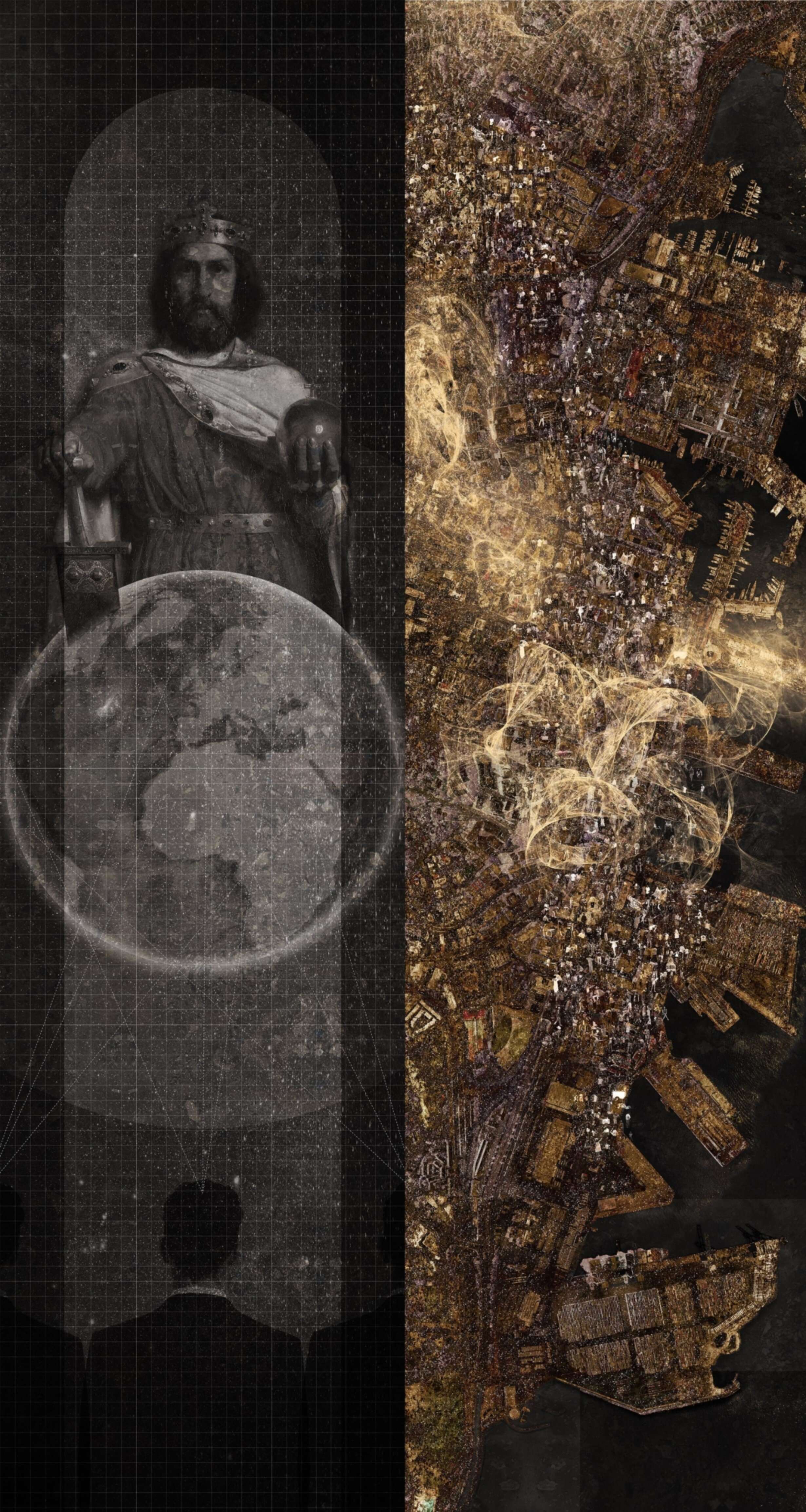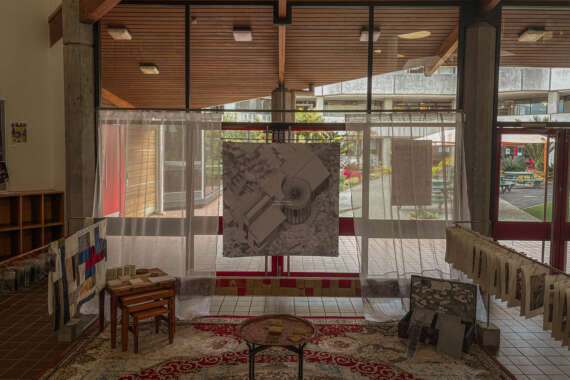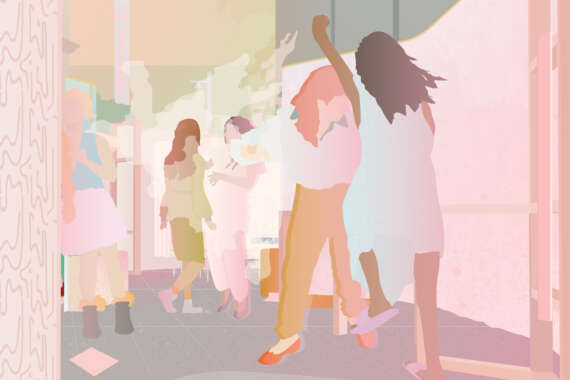To further bring the political theory of Multitude into the realm of architecture, this thesis argues that as Multitude escapes most defining categories, it might be described as formless. Hence to understand this notion of Multitude, the second part of this thesis focuses on the notion of l’informe (formless) by French theorist Georges Bataille in his journal Documents (1929). Formless is a “term that serves to bring things down in the world,” not give absolute definitions to forms, words or objects but to deconstruct historically accepted and habituated meanings. The thesis deploys the notion of formless as a creative force in the making process: to replace absolute methods with an aleatory practice and embrace entropy over control.
Focusing on three major sites in the Central Business District of Auckland; Queens Wharf, Britomart Precinct, and City Works Depot, this thesis offers three architectural speculations as critical commentaries to highlight the issues of the global status quo through the formlessness of the multitude. By challenging and blurring the architectural boundaries these explorations also challenge political boundaries. The speculations attempt to visually represent these issues as well as the absurdity of authority through hypothetical architectural situations as created by this formless multitude (as opposed to the architect) in acts of resistance or simply harmless activities that are seen by authorities as illegitimate.
















